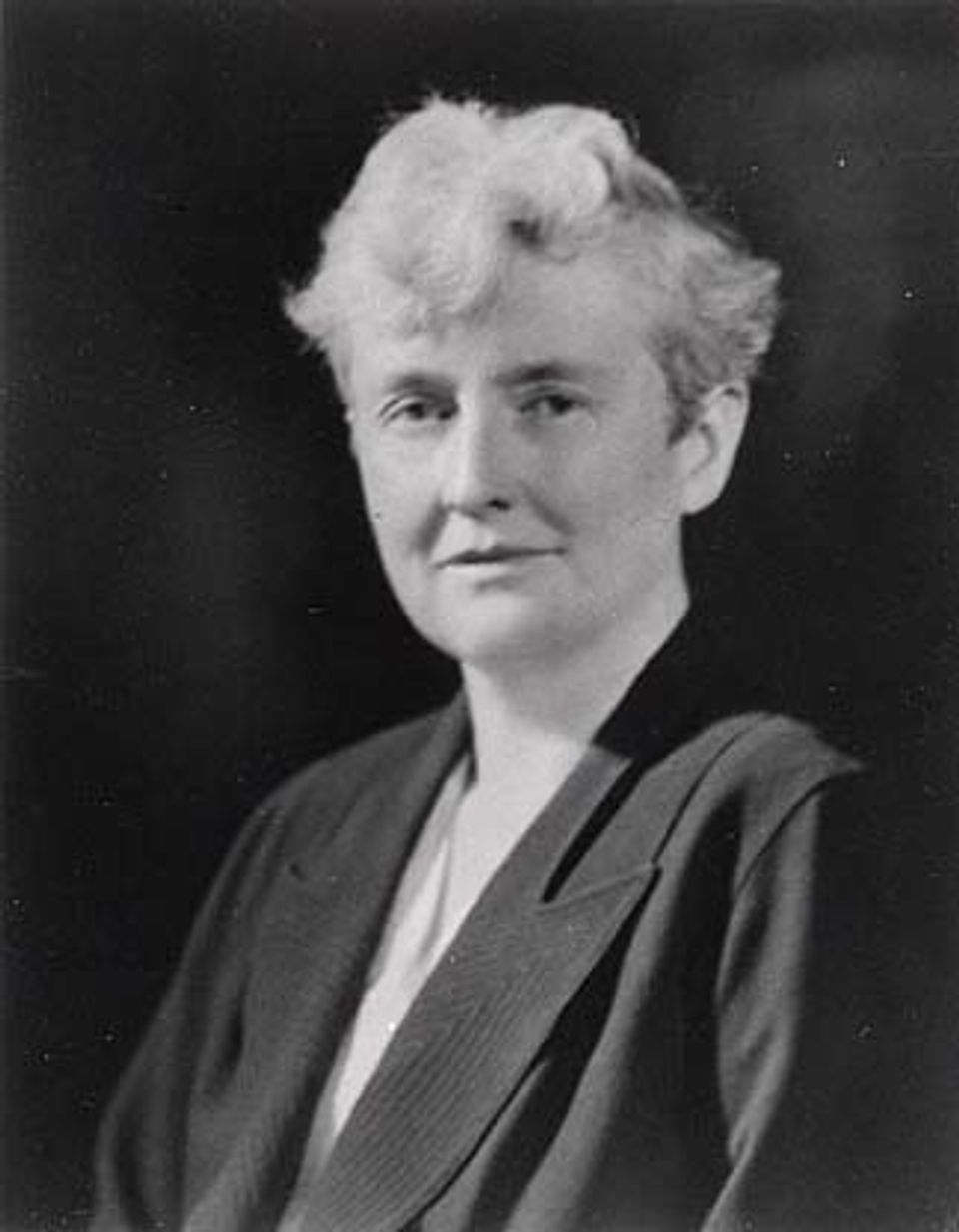Alice Morgan Wright

- Biography
Which American sculptor was known for her leadership in the women's suffrage movement and for her promotion of animal rights? Give up? Well, it's Alice Morgan Wright.
Born in Albany, New York, on [October 10th] in 1881, Wright graduated from Smith College, then studied sculpture in New York City, Paris, and London. Her work was widely exhibited both in the U.S. and abroad at the Royal Academy of Art in London, Art Institute of Chicago, Salon des Beaux Arts, Paris, and the Philadelphia Institute of Art.
Moreover, she founded the New York State League of Women Voters and, as an activist in the suffrage movement, helped women get the vote nationwide in 1921. Thereafter, she turned her attention to the humane treatment of animals, becoming a founding member of the U.S. National Humane Society.
Tiffany Farrell "Suffragette City," 1001 Days and Nights of American Art Web site, entry for October 10, 2002 (Washington, D.C.: Smithsonian American Art Museum, 2002).













